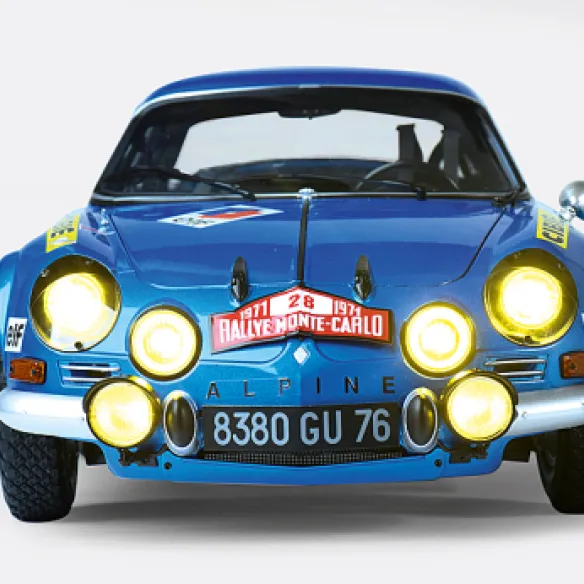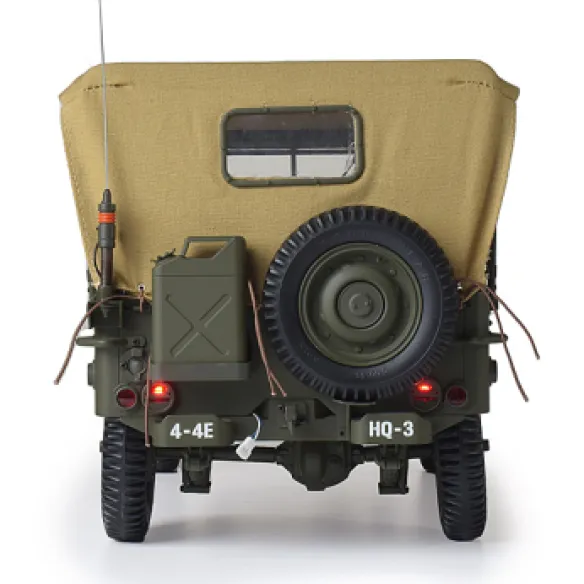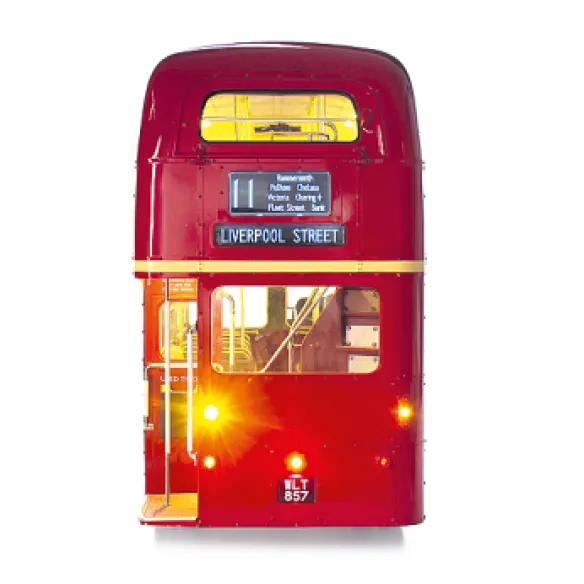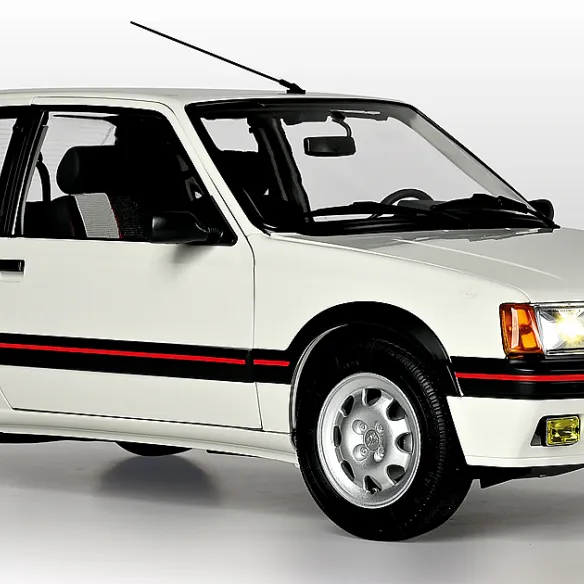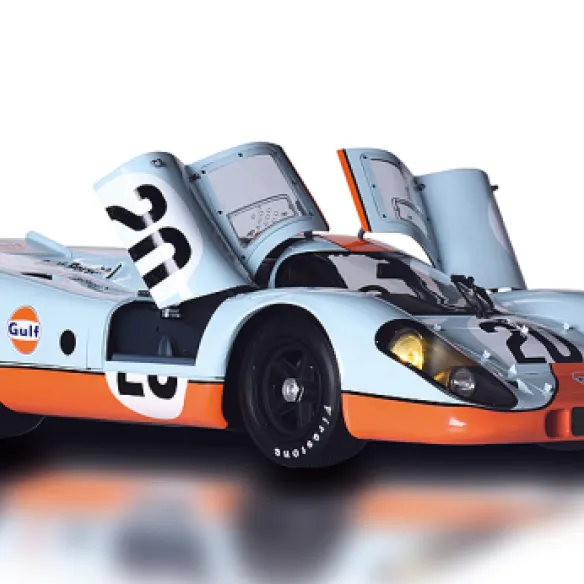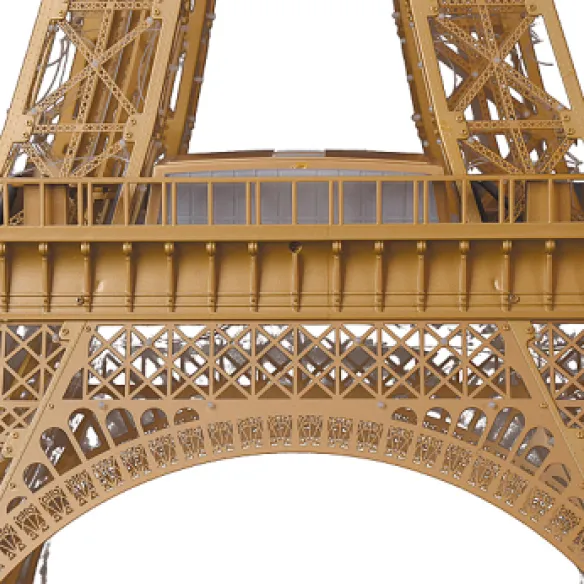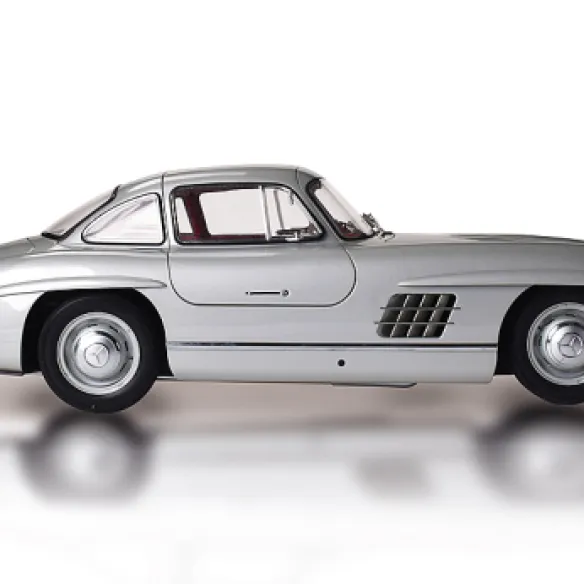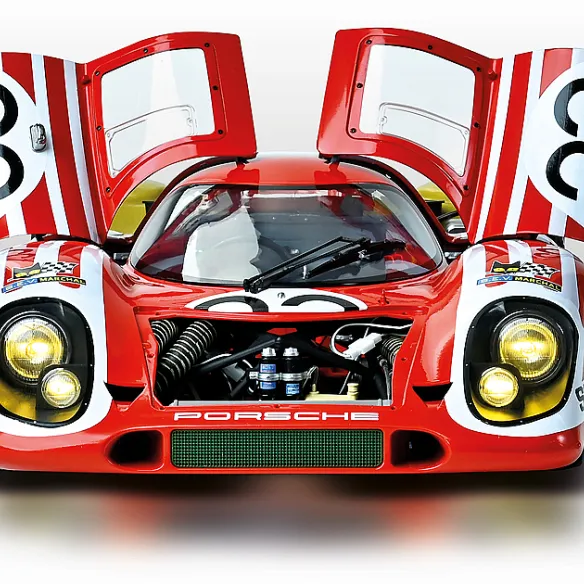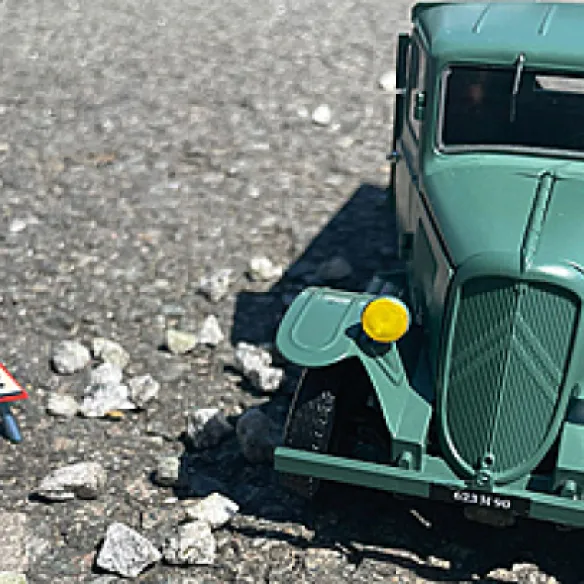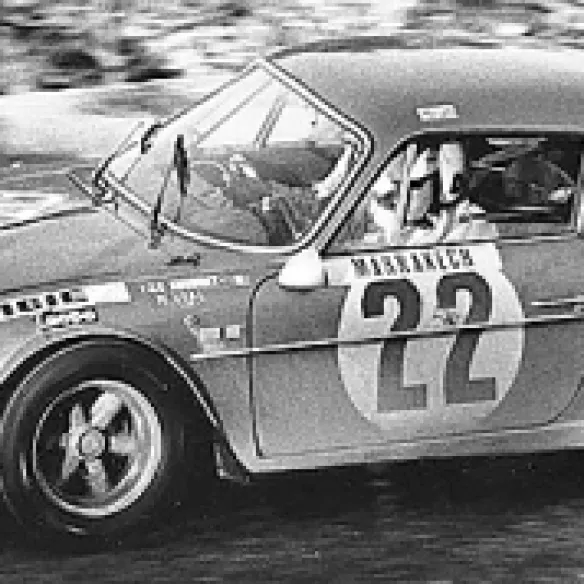Discover the kit
Discover the majestic 141 R Type Mikado locomotive to build piece by piece.
Embark on a fascinating journey to the heart of the railway world with the 141 R Type Mikado locomotive from IXOCOLLECTIONS. This exceptional 1/32 scale replica faithfully reproduces every detail of one of the most famous steam locomotives.
With this exclusive collection, relive the history of the railways while building an exceptional model piece by piece.

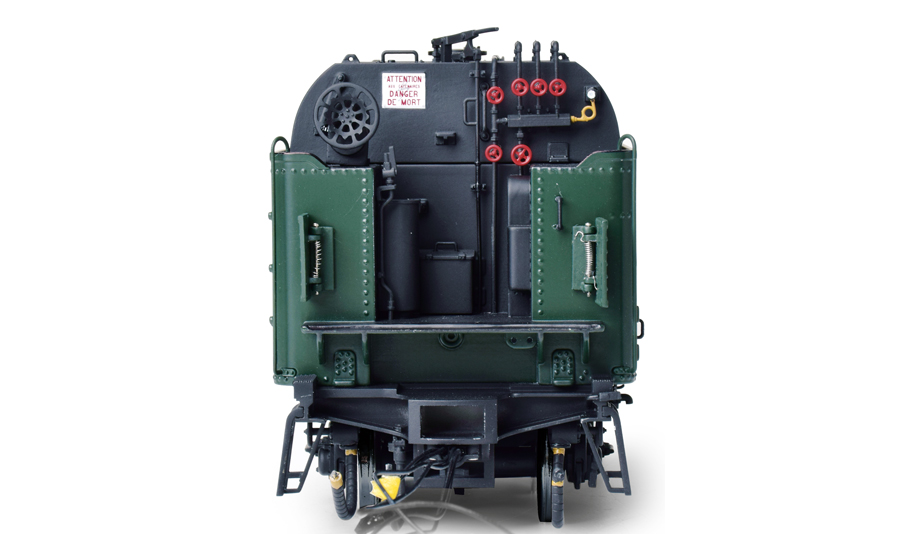


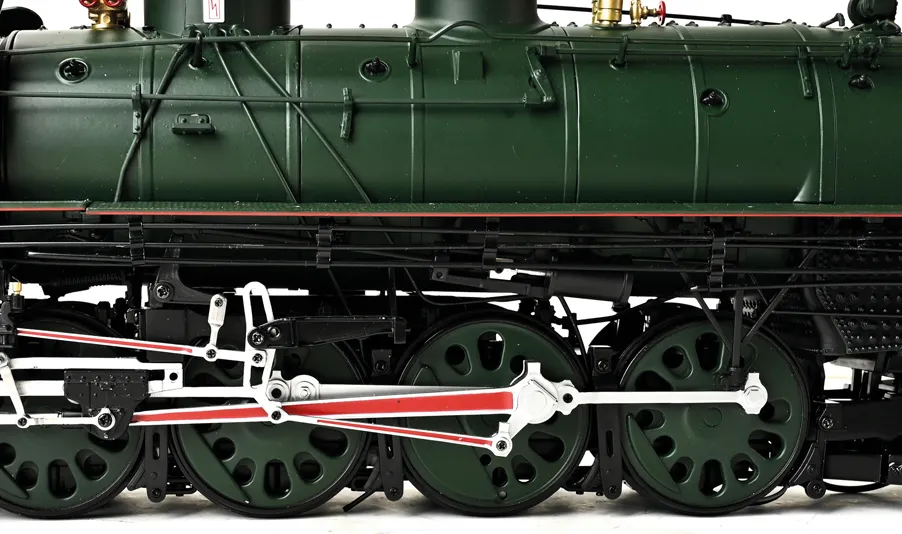





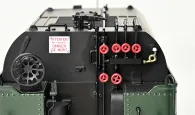



Faithful, meticulous reproduction
TECHNICAL DATA
The 141 R Type Mikado locomotive is a must-have for any model railway enthusiast. Renowned for its power and elegance, it left its mark on the history of the railways after the Second World War. This 1/32 scale replica is made up of over 740 parts, combining metal and plastic for breathtaking realism.
Thanks to exclusive magazines, immerse yourself in the fascinating history of this locomotive and discover fascinating anecdotes about its heritage.
Specifications
- Scale: 1/32
- Length: 754 mm
- Width: 93.3 mm
- Height: 133.3 mm
- Weight: approx. 4 kg
- Number of parts: 746 (including 126 in metal)
- Materials: die-cast metal and ABS plastic with factory-painted parts
- Assembly: screws and clips (no glue)
Features
- Realistic sound: authentic engine sound and whistle.
- Lighting effect: functional headlight at the front for a realistic look.
- Steam generation: smoke added to reproduce locomotive steam.
- Hinged cab doors: functional doors to enhance the visual experience.
- Opening tender lockers: openable compartments for greater detail.
Videos
Build the LOCO-141-R (BOX N°1)
Follow the step-by-step instructions to assemble your LOCO 141-R .
Build the LOCO-141-R (BOX N°2)
Follow the step-by-step instructions to assemble your LOCO 141-R .
Build the LOCO-141-R (BOX N°3)
Follow the step-by-step instructions to assemble your LOCO 141-R .
Build the LOCO-141-R (BOX N°4)
Follow the step-by-step instructions to assemble your LOCO 141-R .
Build the LOCO-141-R (BOX N°5)
Follow the step-by-step instructions to assemble your LOCO 141-R .
Iconic series
for fans of cars and mechanical legends
Discover our iconic collections that celebrate legendary cars and the history of motor racing. Each model is meticulously reproduced to scale and accompanied by exclusive content to enhance your passion. Whether you're a miniature car enthusiast or a fervent admirer of the great names in motor sport, IXOCOLLECTIONS opens the doors to a world rich in history and fascinating mechanical details.

Exclusive gifts for subscribers:
Technical poster, collector screw box, exhibition rails, hand-painted railwaymen figurines, and much more!
Don't miss this unique edition!
Choose your offer
Receive a number of boxes each month based on the subscription plan you chose.
You can start your subscription with any of the boxes selectable below.
Discovery
Offer
49,99 €
monthly*
Delivery included: France and European Union
EACH MONTH you will receive 1 BOX including:
1 magazine + 4 assembly kits
+ your 4 exclusive gifts
+ your 4 exclusive gifts
Speed
Offer
94,99 €
monthly*
Delivery included: France and European Union
EACH MONTH you will receive 2 BOXES including:
2 magazines + 8 assembly kits
+ your 8 exclusive gifts
+ your 8 exclusive gifts
Direct
purchase
Starting at
47,49 €
Freedom and flexibility
No commitment Only order what you like
Customization Choose your numbers and place your order with ease


Gift n°1
Technical Poster Locomotive 141 R

Gift n°2
Screw box for organizing your parts

Gift n°3
Brush + paint for your finishing touches

Gift n°4
Rails for more realistic rendering

Gift n°5
Railway figurines

Gift n°6
Collector metal plate

Gift n°7
Complete shop window
Frequently asked questions
Who is IXOCOLLECTIONS?
IXOCOLLECTIONS is a subsidiary of PREMIUM & COLLECTIBLES TRADING CO. LTD (PCT), founded in Macau in 1999.
At Ixo Collections we have specialised in the creation and manufacture of die cast and resin models for over 20 years.
Drawing on this experience, Ixo Collection is an official licensee of more than 200 brands, including ;
- PSA Group - Peugeot Citroën Opel - Renault - Porsche - Mercedes - Volvo - FCA Group - Lancia, Fiat, Chrysler, Alfa Romeo... - Bugatti - Dassault - Viking - Yamaha - SNCF - ...
OUR EXPERTISE :
When we decide to create model cars, our aim is to bring together under a single brand the most advanced manufacturing techniques and the best experts in model car development.
OUR STRENGTHS :
Exceptional product quality,
Each model is :
- Digitally scanned to obtain a precise rendering of the original car, enabling us to recreate every detail of the original model.
- Reproduced down to the smallest detail, most parts, including plastic parts, are hand-painted to give the models the most sophisticated finish.
- Validated by the manufacturers.
- Produced in compliance with manufacturing standards, lead-free paint, recyclable packaging and, in the future, plastic-free packaging.
OUR COMMITMENTS :
The customer is at the heart of our concerns.
- Premium after-sales service
- Listening.
- Responsiveness.
- Tracked, secure and careful deliveries
- 100% Satisfaction Guarantee
Subscription validation
"I just subscribed to a plan, but the validation seems to be stuck for a few minutes. I haven’t received any payment confirmation or acknowledgment of my subscription. How can I check if my order has been validated?"
Answer:
If you haven't received an email confirming that the order has been validated, or payment made, and you don't see anything in your order history on your account, nothing has been ordered or cashed.
Validation takes less than 10 seconds, so there must have been a problem finalising the order, perhaps a connection error.
Please try again to finalise your order.
Still can't find your answer? Contact us.
Contact customer support at [email protected]


 English
English français
français Deutsch
Deutsch español
español italiano
italiano português
português








